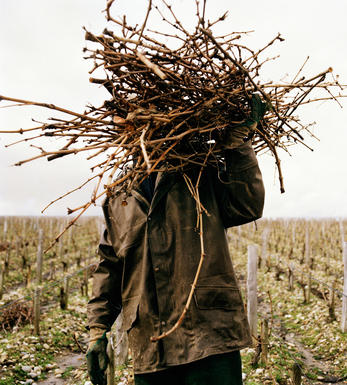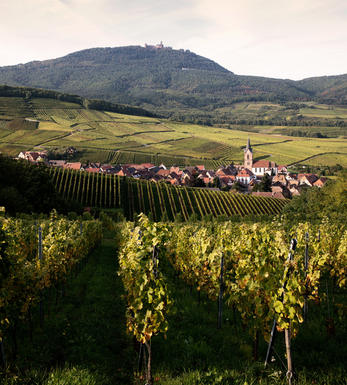
2010 Riesling, Schlossberg, Cuvée Ste. Catherine, Domaine Weinbach

Critics reviews
David Schildknecht - 28/08/2014
About this WINE

Domaine Weinbach
Named after the “Wine Brook”, a little stream that flows through the wine estate, Domaine Weinbach was founded by the Capucin monks in 1612. The house is surrounded by the original ninth Century monastic vineyard, the Clos du Capucin and all of the estate’s wines are now labelled with its name.
Two Faller brothers acquired the estate in 1898 and this was duly inherited by Théo Faller. Today, his daughter Cathy runs the estate, developing Théo’s great legacy. . Staggeringly Domaine Weinbach owns 26 hectares of vineyards in the Kaysersberg valley in the Haut-Rhin of Alsace at between 200 to 400 metres above sea level.
They farm their vineyards organically with a view to quality rather than quantity and hand-pick the grapes.Only their grapes are vinified unlike many other producers in Alsace who frequently have to buy them in. Each vineyard has its own specific terroir which, along with the other unique characteristics of grape and vintage, shimmer through these elegant and sophisticated wines thanks to their passive ageing in large old oak fuders.

Grand Cru Alsace
The Grand Cru system in Alsace was introduced in 1983, with the first 25 vineyards classified at that time. It denotes a wine from a single named vineyard site, from a single vintage, and from one of the four permitted varieties: Riesling, Muscat, Gewürztraminer or Pinot Gris.
The maximum permitted yields are distinctively lower than for those of the basic appellation Alsace, (70 hectoliters per hectare versus 55 hectoliters per hectare). Wines undergo an official technical analysis and certification before release.
The system currently recognises 50 Grand Cru sites. Certain vineyards have always enjoyed an undeniable reputation for the high quality of their wines, thanks to the unique combination of soil, topography and the aspect of their site. The Grand Cru system encompasses the following:
Bas-Rhin: Altenberg de Bergbieten, Bruderthal, Engelberg Frankstein, Kastelberg, Kirchberg de Barr , Moenchberg, Muenchberg (fantastic Riesling and Pinot Gris from André Ostertag), Praelatenberg, Steinklotz, Winzenberg
Haut-Rhin: Brand (Turckheim, 57.95 hectares) is one of the most acclaimed Grands Crus, with top wines, particularly Gewürztraminer, from Zind-Humbrecht. In Goldert, Zind-Humbrecht is amongst the top growers, showcasing superb Muscats, while Hengst also features classy wines from Zind-Humbrecht. At Rangen, Zind-Humbrecht coaxes superb wines from this well-known Grand Cru site
As well as: Altenberg de Bergheim, Altenberg de Wolxheim, Eichberg, Florimont, Froehn, Furstentum, Geisberg, Gloeckelberg, Hatschbourg, Kanzlerberg, Kessler (excellent Gewürztraminer), Kirchberg de Ribeauvillé, Kitterlé, Mambourg, Mandelberg, Marckrain, Ollwiller, Osterberg, Pfersigberg Pfingstberg, Rosacker (on wine labels appears as lieux-dit Clos Sainte Hune, owned by Trimbach), Saering (famed for its Rieslings), Schlossberg, Schoenenberg, Sommerberg, Sonnenglanz, Spiegel, Sporen, Steinert, Steingrubler, Vorbourg, Wiebelsberg, Wineck-Schlossberg, Zinnkoepflé, Zotzenberg.

Riesling
Riesling's twin peaks are its intense perfume and its piercing crisp acidity which it manages to retain even at high ripeness levels.
In Germany, Riesling constitutes around 20% of total plantings, yet it is responsible for all its greatest wines. It is planted widely on well-drained, south-facing slate-rich slopes, with the greatest wines coming from the best slopes in the best villages. It produces delicate, racy, nervy and stylish wines that cover a wide spectrum of flavours from steely and bone dry with beautifully scented fruits of apples,apricots, and sometimes peaches, through to the exotically sweet flavours of the great sweet wines.
It is also an important variety in Alsace where it produces slightly earthier, weightier and fuller wines than in Germany. The dry Rieslings can be austere and steely with hints of honey while the Vendages Tardives and Sélection de Grains Nobles are some of the greatest sweet wines in the world.
It is thanks to the New World that Riesling is enjoying a marked renaissance. In Australia the grape has developed a formidable reputation, delivering lime-sherbet fireworks amid the continental climate of Clare Valley an hour's drive north of Adelaide, while Barossa's Eden Valley is cooler still, producing restrained stony lime examples from the elevated granitic landscape; Tasmania is fast becoming their third Riesling mine, combining cool temperatures with high UV levels to deliver stunning prototypes.
New Zealand shares a similar climate, with Riesling and Pinot Gris neck to neck in their bid to be the next big thing after Sauvignon Blanc; perfectly suited is the South Island's Central Otago, with its granitic soils and continental climate, and the pebbly Brightwater area near Nelson. While Australia's Rieslings tend to be full-bodied & dry, the Kiwis are more inclined to be lighter bodied, more ethereal and sometimes off-dry; Alsace plays Mosel if you like.


Buying options
Add to wishlist
Description
Mirroring the dark granitic rocks peering down on the village on Kayserberg, the Faller family's famous vineyard Schlossberg is underpinned by granite soils, bringing a real sense of stature and poise to the wine. Naturally more concentrated than previous years due to the loss of up to 40% of fruit at flowering, this is the Faller's flagship Riesling, topped only by 'L'Inedit'. It speaks of a family whose whole being is bound up with the symbiosis between the granite rocks and Riesling. Given the small but high quality fruit, this is a dry wine that would benefit from a decade's ageing in a dark cellar, so drinking at its best from 2018/20 till 2030 say.
(David Berry Green, Berrys' Alsace Buyer)
wine at a glance
Delivery and quality guarantee